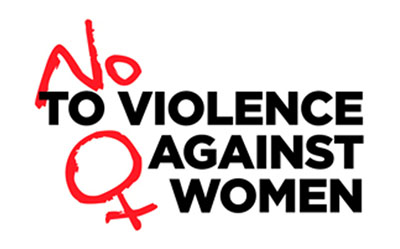
The field of violence against women is still evolving and there is still no unanimity yet on how the term violence against women can be best defined.
The term has been used to describe a number of acts including rape, sexual and physical assault, sexual harassment, emotional abuse, battering, stalking, genital mutilation, pornography and even murder.
The debate is whether to define the word ‘violence’ or to broaden it using the expression ‘violence against women’ as antagonistic behaviours that adversely and dis-proportionality affects women.
The term “violence against women” means any act of gender-based violence that results in, or is likely to result in, physical, sexual or psychological harm or suffering to women, including threats of such acts, coercion or arbitrary deprivation of liberty, whether occurring in public or in private life. Violence against women and gender-based violence are sometime used interchangeably.
According to CEDAW (2005 General Recommendations) gender-based violence is defined as “a form of discrimination that seriously inhibits women’s ability to enjoy rights and freedoms on a basis of equality with men”.
According to our Domestic Violence Act and other regional and international instruments, gender-based violence includes a wide range of abusive actions including rape and sexual abuse, forced marriages, physical and emotional abuse; and economic exploitation, genital mutilation.
Gender-based violence is a crime and a human rights violation that often occurs to a number of women around the world, only that the forms differ from region to region and also country-to-country depending on culture or socio economic standing.

 Contact us for
Contact us for 